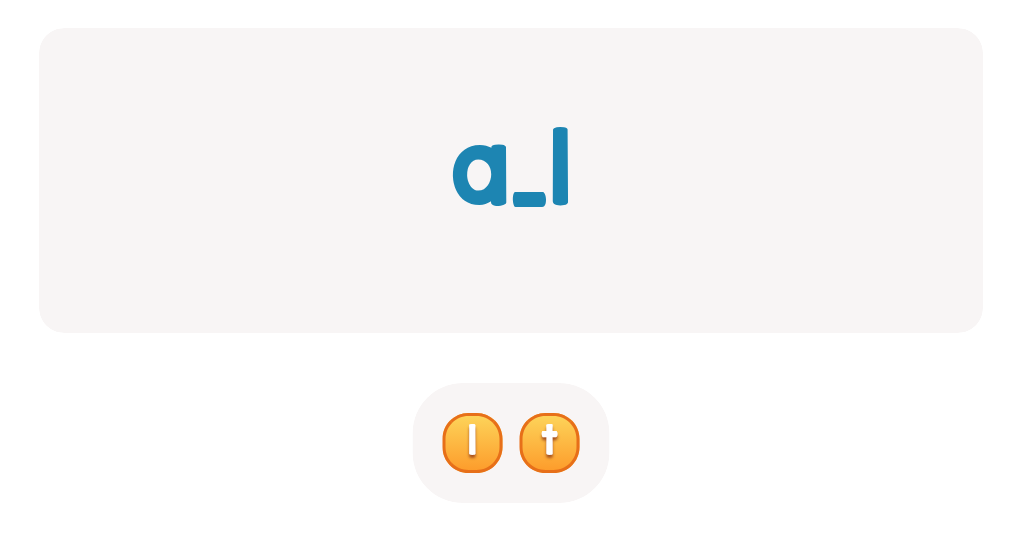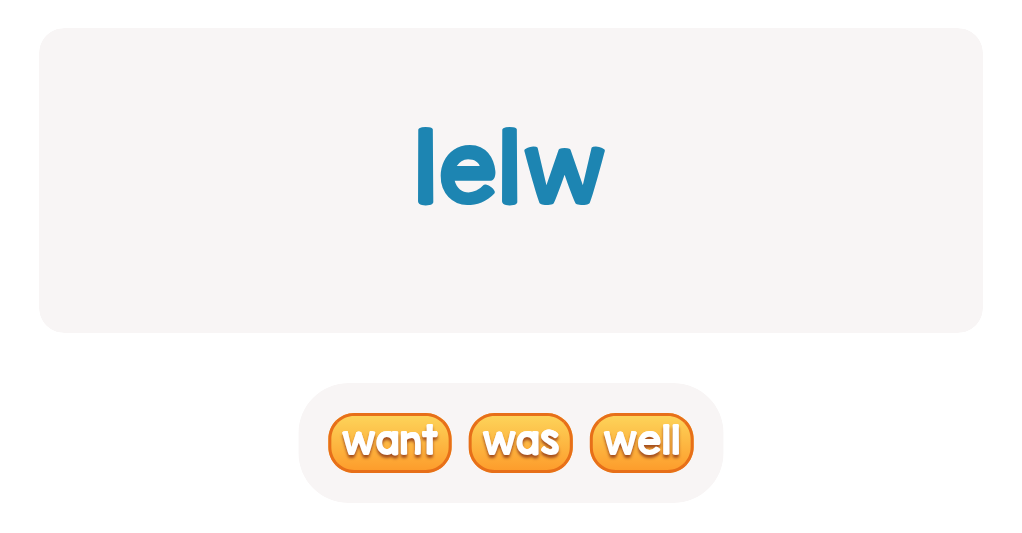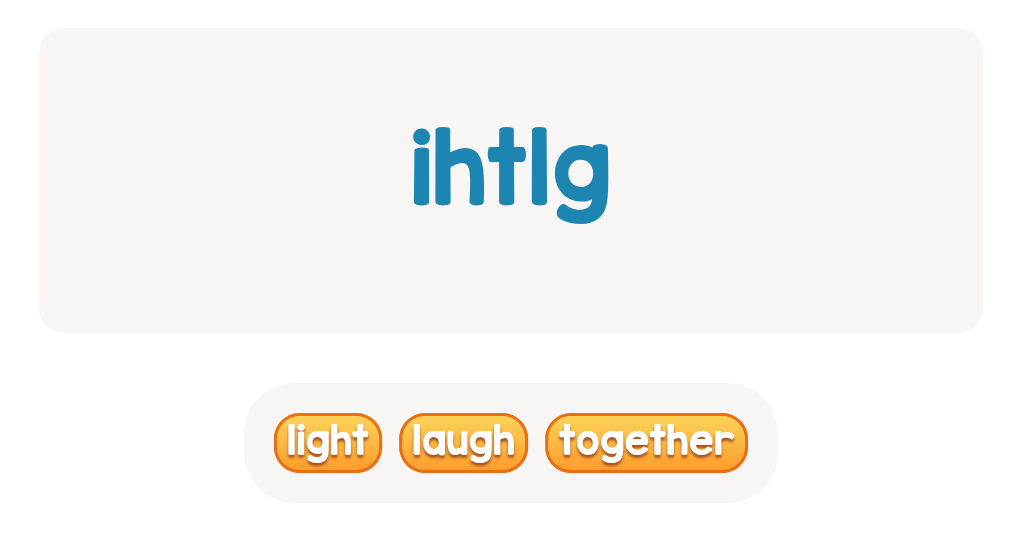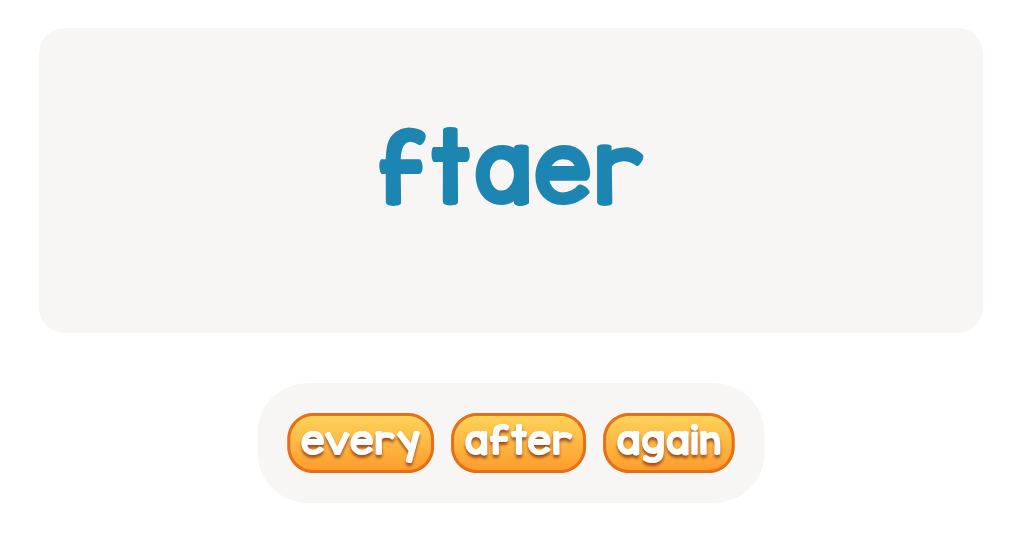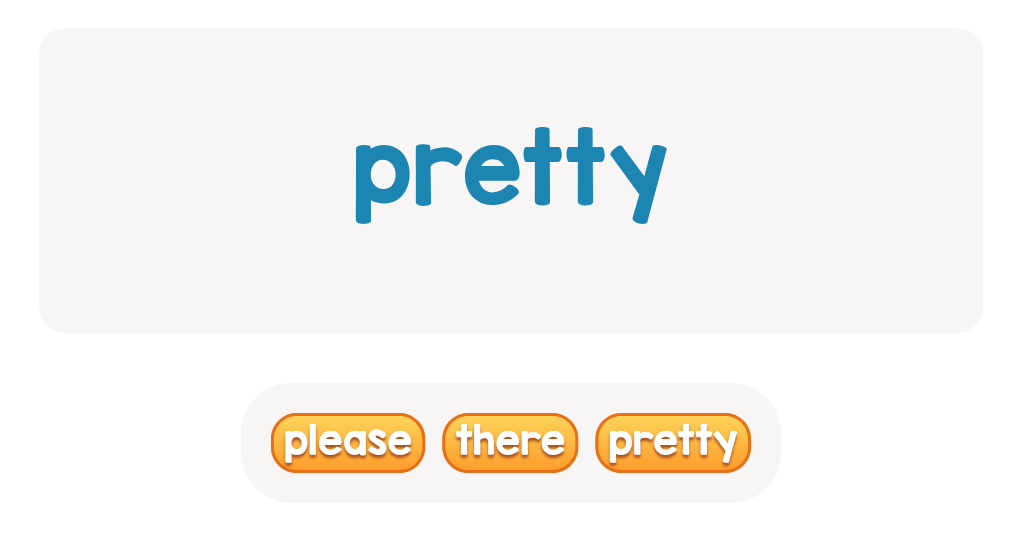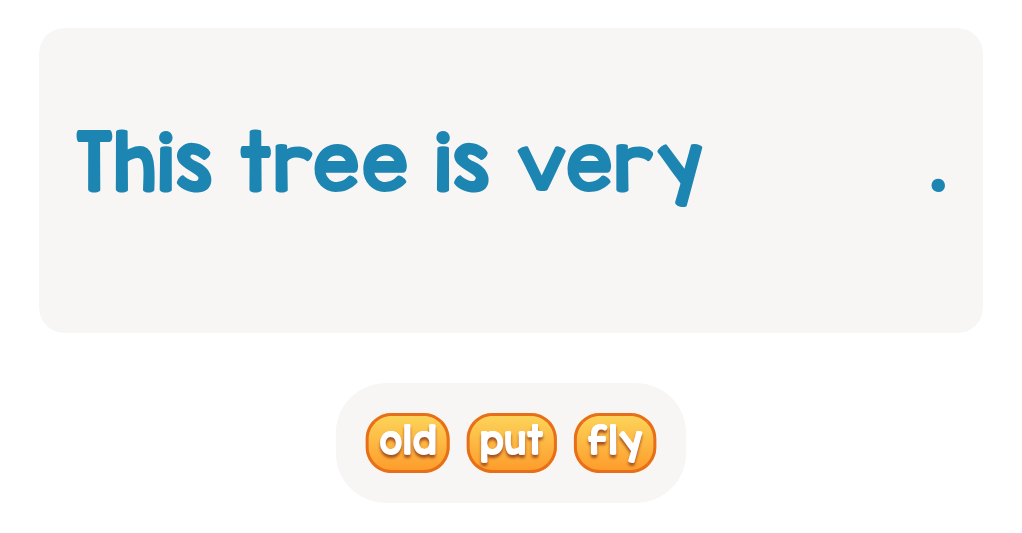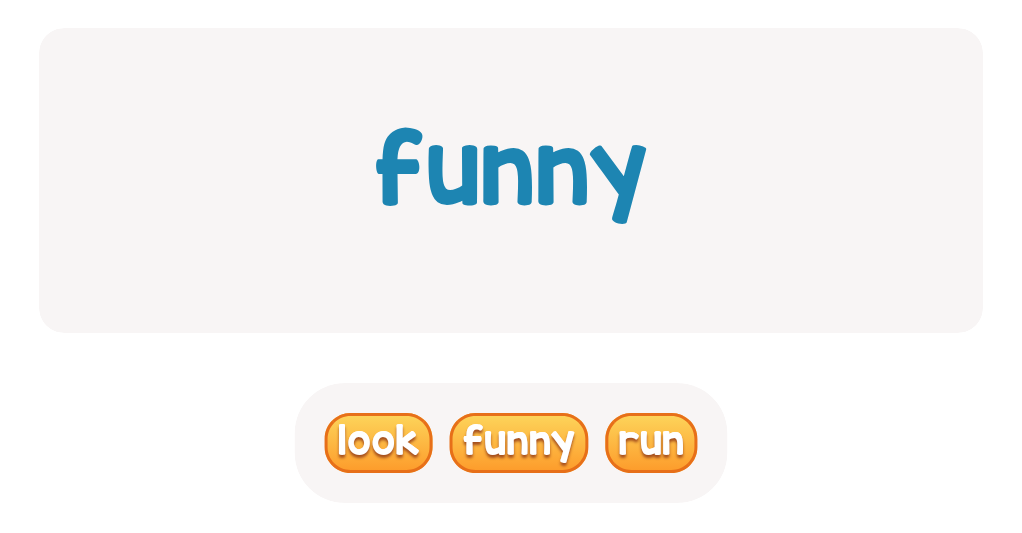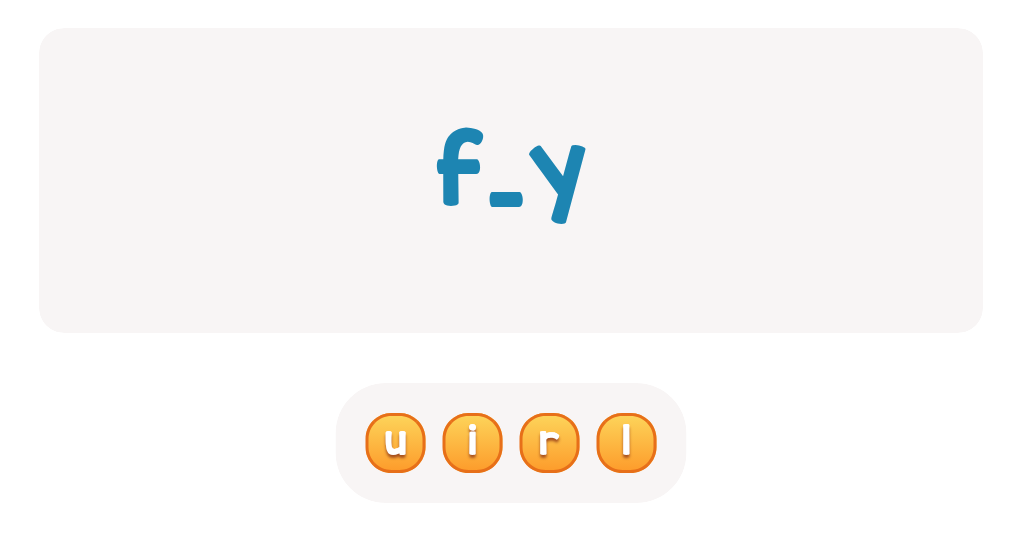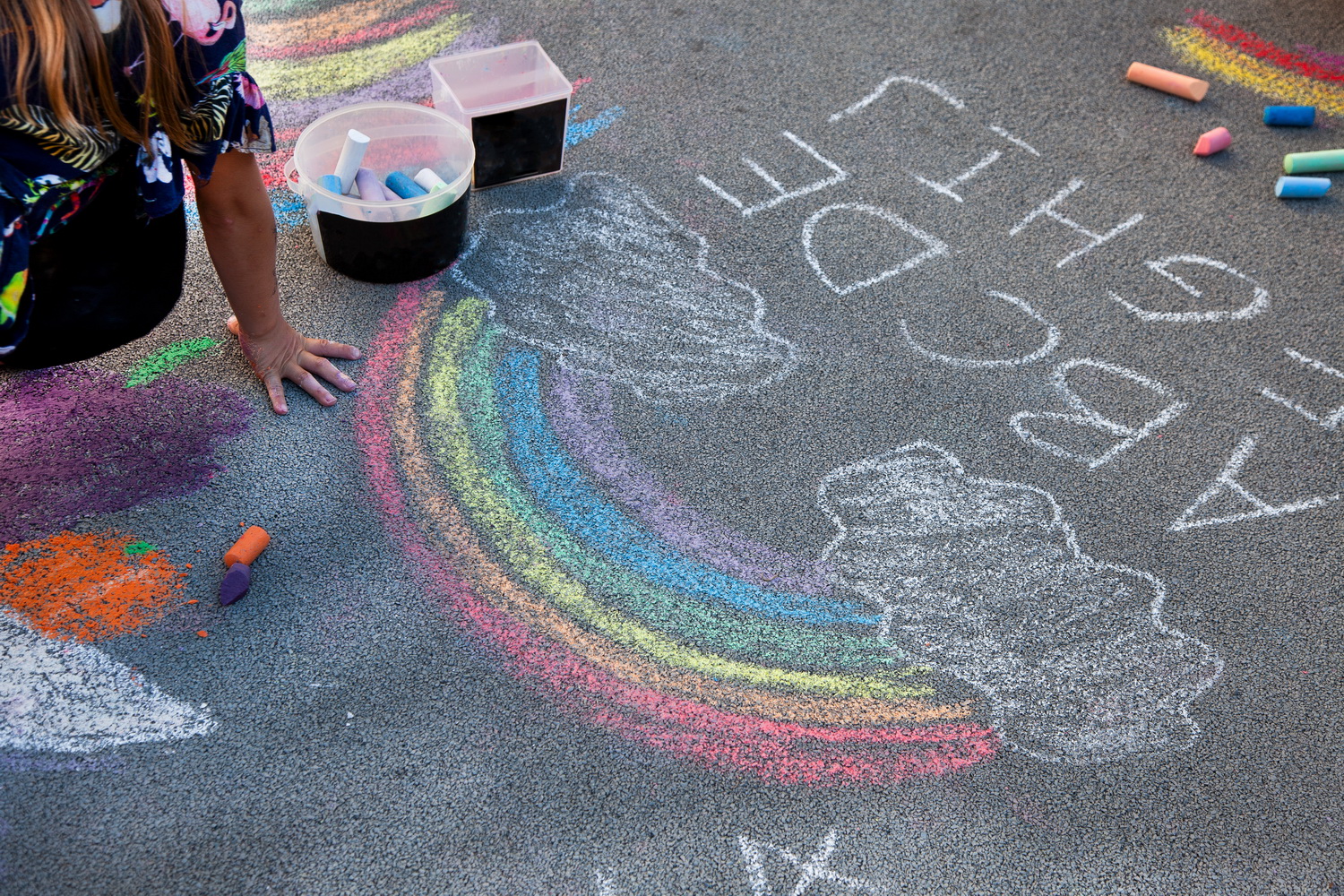Letter recognition Building Vocabulary Worksheets for Ages 4-6
8 filtered results
-
From - To
Boost your child's literacy skills with our engaging "Letter Recognition Building Vocabulary Worksheets" designed specifically for ages 4-6. These interactive worksheets blend fun and learning, helping young learners identify letters and associate them with words. Each activity encourages children to practice letter recognition, improving their phonetic awareness and vocabulary expansion. With vibrant images and simple instructions, our printable worksheets transform letter learning into an enjoyable adventure. Ideal for parents and teachers, these resources support early education and foundational reading skills. Dive into our collection and watch your child's confidence soar as they embark on their literacy journey!
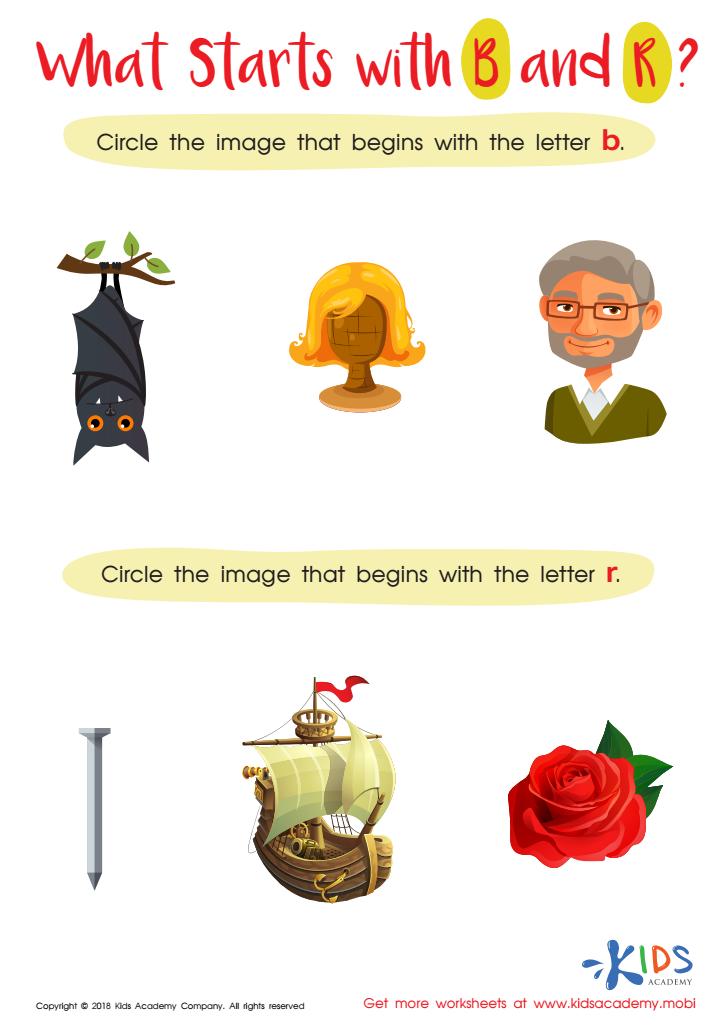

What Starts with B and R? Worksheet
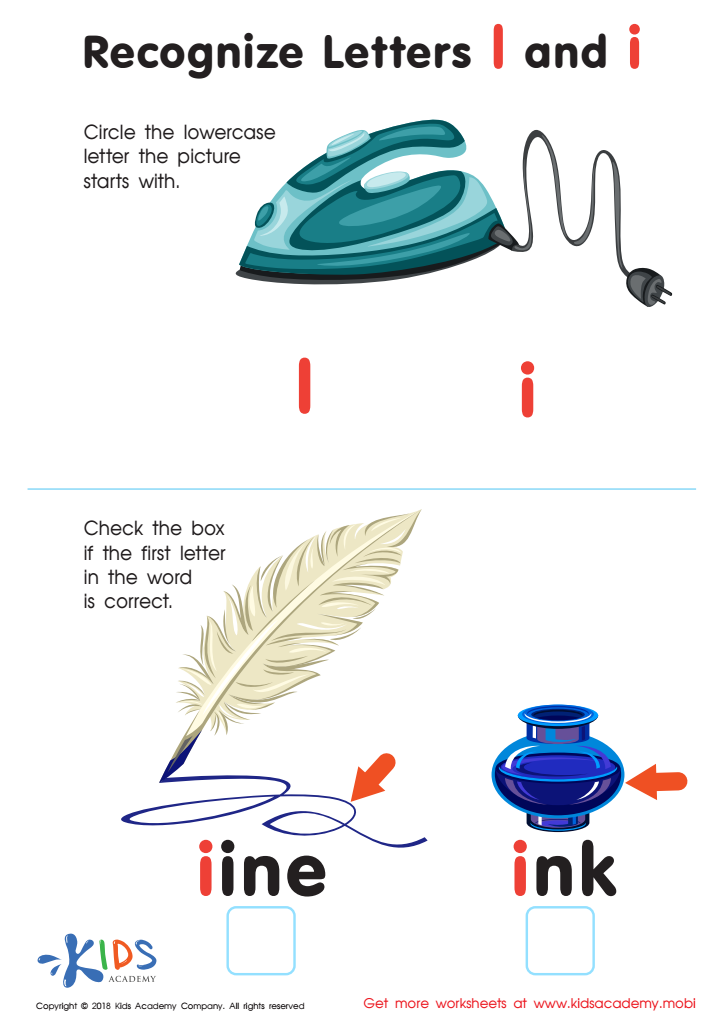

Recognize Letters l and i Worksheet
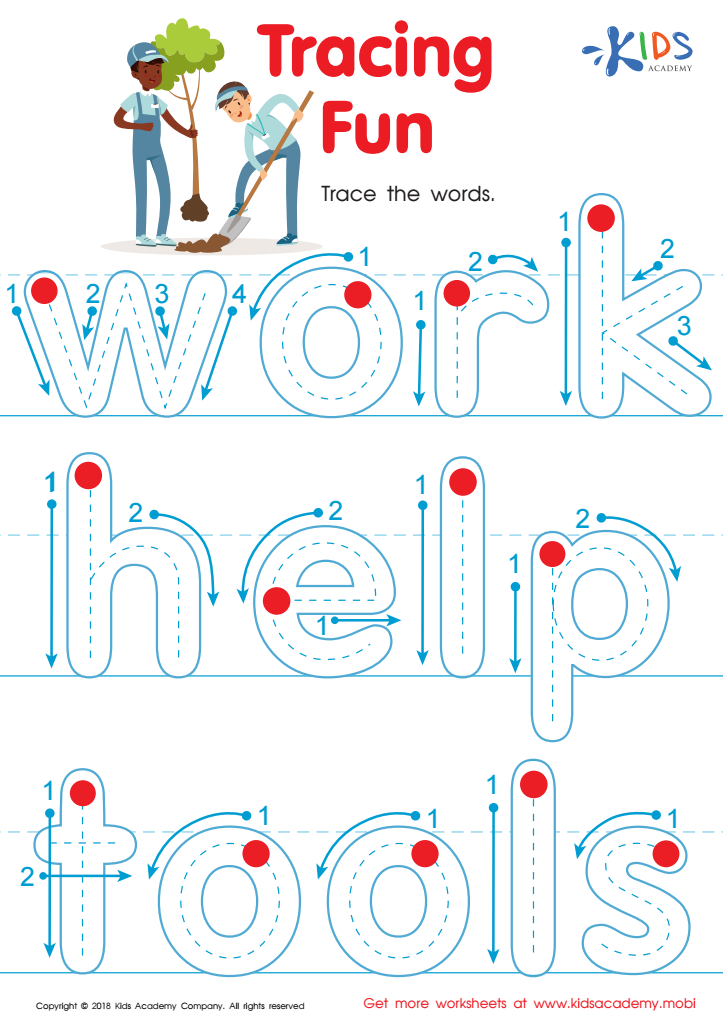

Tracing Fun Worksheet
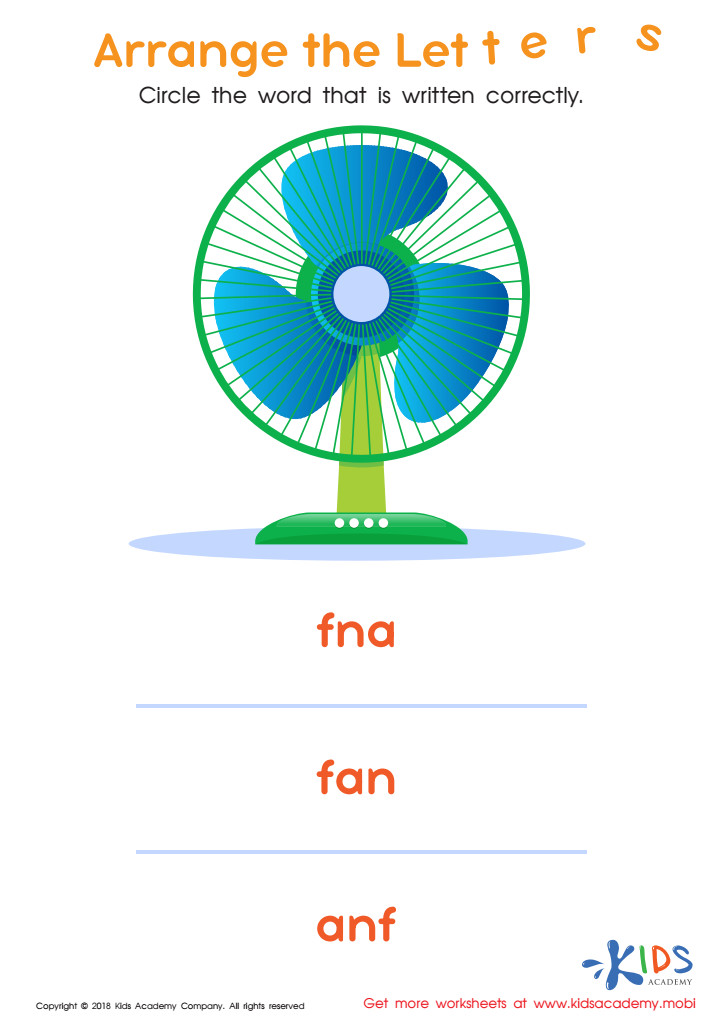

Arrange the Letters Worksheet


Baby, Boat, Bird Worksheet Sight Words Worksheet
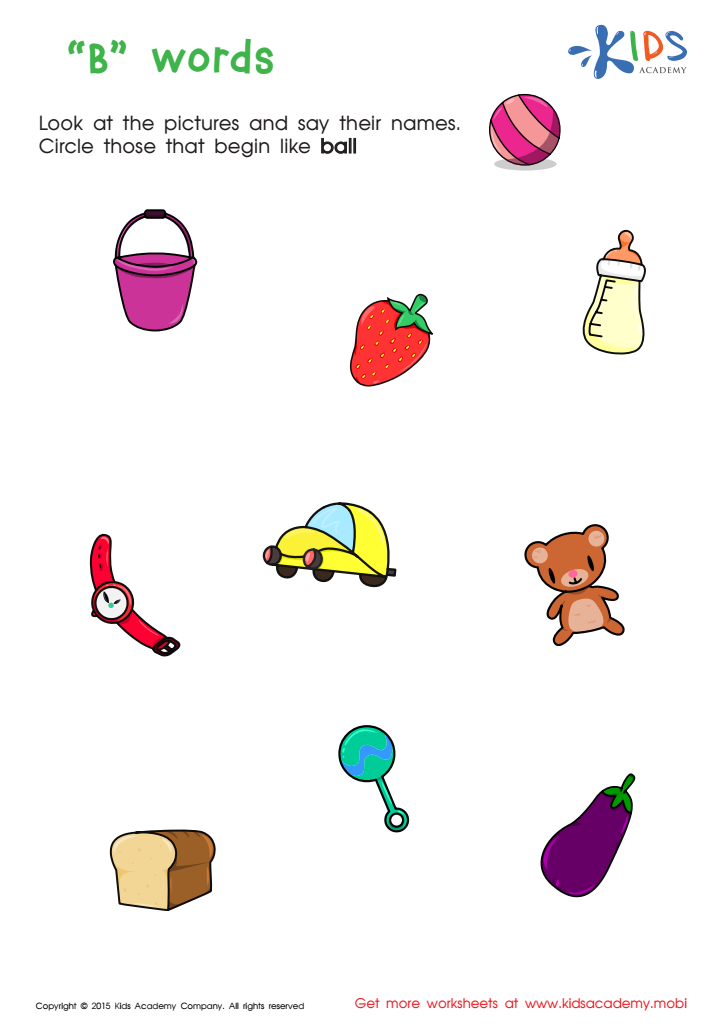

First Words Worksheet
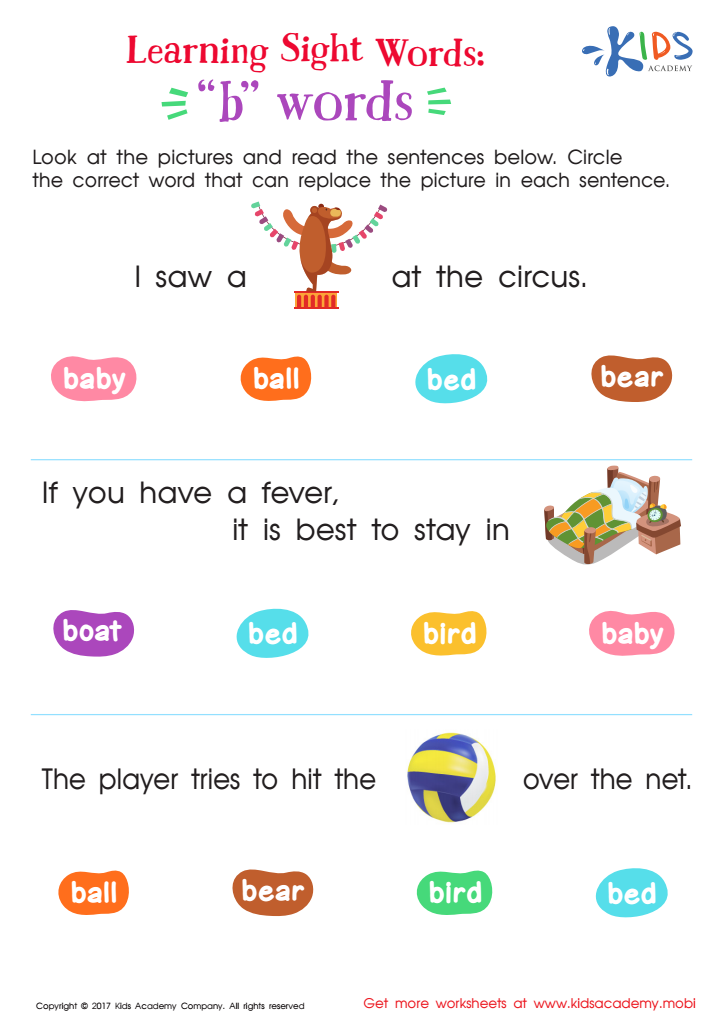

"B" Words Printable Sight Words Worksheet
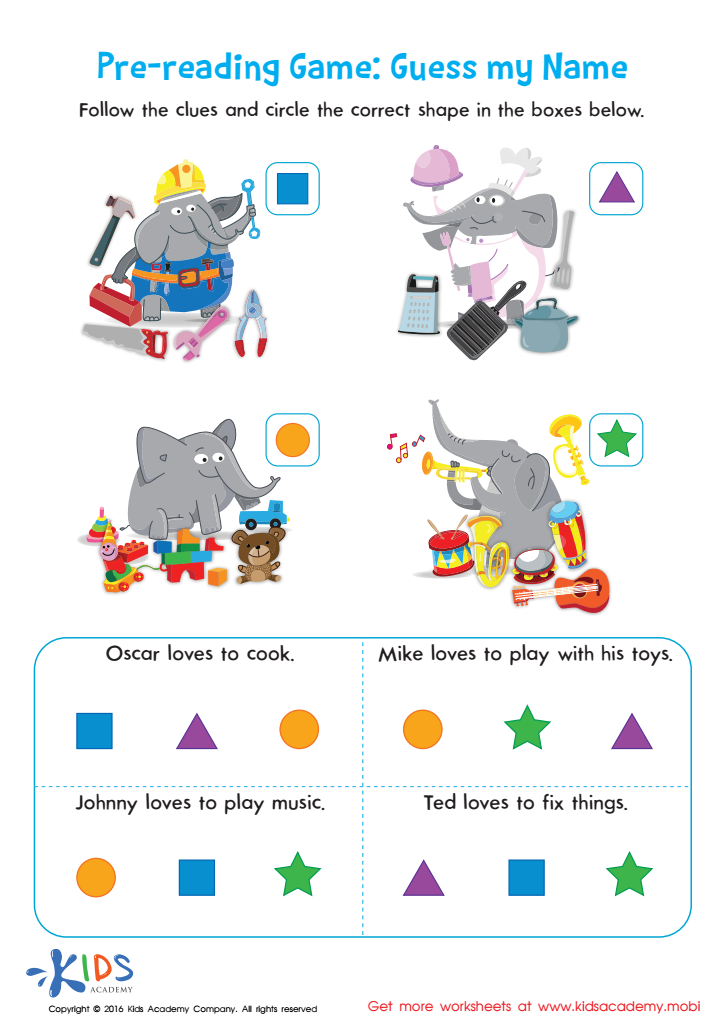

Pre Reading Worksheet Guess My Name
Letter recognition and vocabulary building are fundamental components of early literacy skills for children aged 4-6. At this developmental stage, children are rapidly acquiring language and cognitive skills. Recognizing letters helps lay the foundation for reading, enabling children to connect sounds to printed symbols, which is critical for decoding words. This recognition not only supports their ability to read but also enhances their confidence in engaging with text.
Building vocabulary alongside letter recognition enriches a child’s language development. A robust vocabulary empowers children to express themselves effectively and understand more complex ideas as they progress in school. When young learners encounter new words, they enhance their capacity for critical thinking and comprehension, essential skills that carry into later grades.
Moreover, active participation in these learning opportunities creates a rich, engaging environment. Parents and teachers who focus on these skills foster curiosity and encourage a love for learning. Engaging children in playful activities such as reading aloud, games, and interactive storytelling promotes letter and vocabulary recognition. Ultimately, strong early literacy skills lead to academic success and set the stage for lifelong learning, making it vital for caregivers and educators to prioritize these early learning experiences.

 Assign to My Students
Assign to My Students
